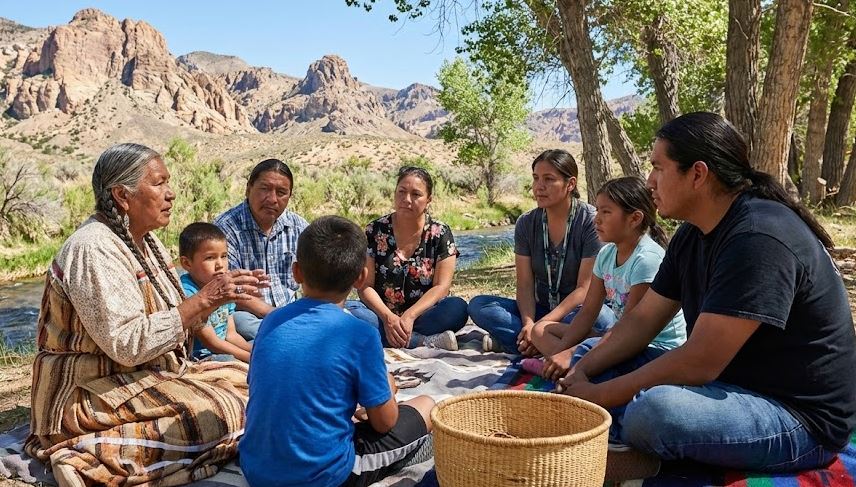Ruso, North Dakota: A Town of Remarkable Size
Ruso stands out not just within North Dakota, but nationally. According to the 2020 census, Ruso's population was 1, making it the least populous incorporated place in North Dakota. This also places Ruso in a tie with Monowi, Nebraska, for the distinction of being the least populated currently inhabited incorporated community in the United States.
Key Facts about Ruso, North Dakota:
- Location: Ruso is located in McLean County, North Dakota.
- Population: The 2020 census recorded a population of 1.
- Incorporated Status: Ruso is an incorporated city, meaning it has its own local government, however minimal. This is a crucial distinction, as there are many smaller unincorporated communities (census-designated places) that are not officially towns.
- National Significance: Ruso's tiny population makes it a point of interest not just for North Dakota but for the entire United States, highlighting the diverse range of communities that make up the nation.
- History: While information about Ruso's specific history is limited, many small towns in North Dakota have histories tied to agriculture, the railroad, or early settlement of the American West. Further research into local historical societies or archives may reveal more about Ruso's past.
Why is Ruso Important?
While its size is its most notable feature, Ruso represents something larger. It symbolizes:
- Rural America: Ruso exemplifies the challenges and resilience of small, rural communities in the United States.
- Population Dynamics: Ruso's unique situation highlights the diverse population distribution across the country.
- Curiosity and Exploration: Ruso sparks curiosity and encourages exploration of less-traveled parts of the United States.
Finding Ruso, North Dakota:
Ruso is located in McLean County, which is situated in central North Dakota. Using online maps or GPS navigation with "Ruso, ND" will help you pinpoint its location.
 Ruso, North Dakota, with its population of 1, holds a unique place in both North Dakota and American history. It serves as a reminder of the diverse tapestry of communities that make up the nation and sparks curiosity about the lives of those who call these tiny places home.
Ruso, North Dakota, with its population of 1, holds a unique place in both North Dakota and American history. It serves as a reminder of the diverse tapestry of communities that make up the nation and sparks curiosity about the lives of those who call these tiny places home.



